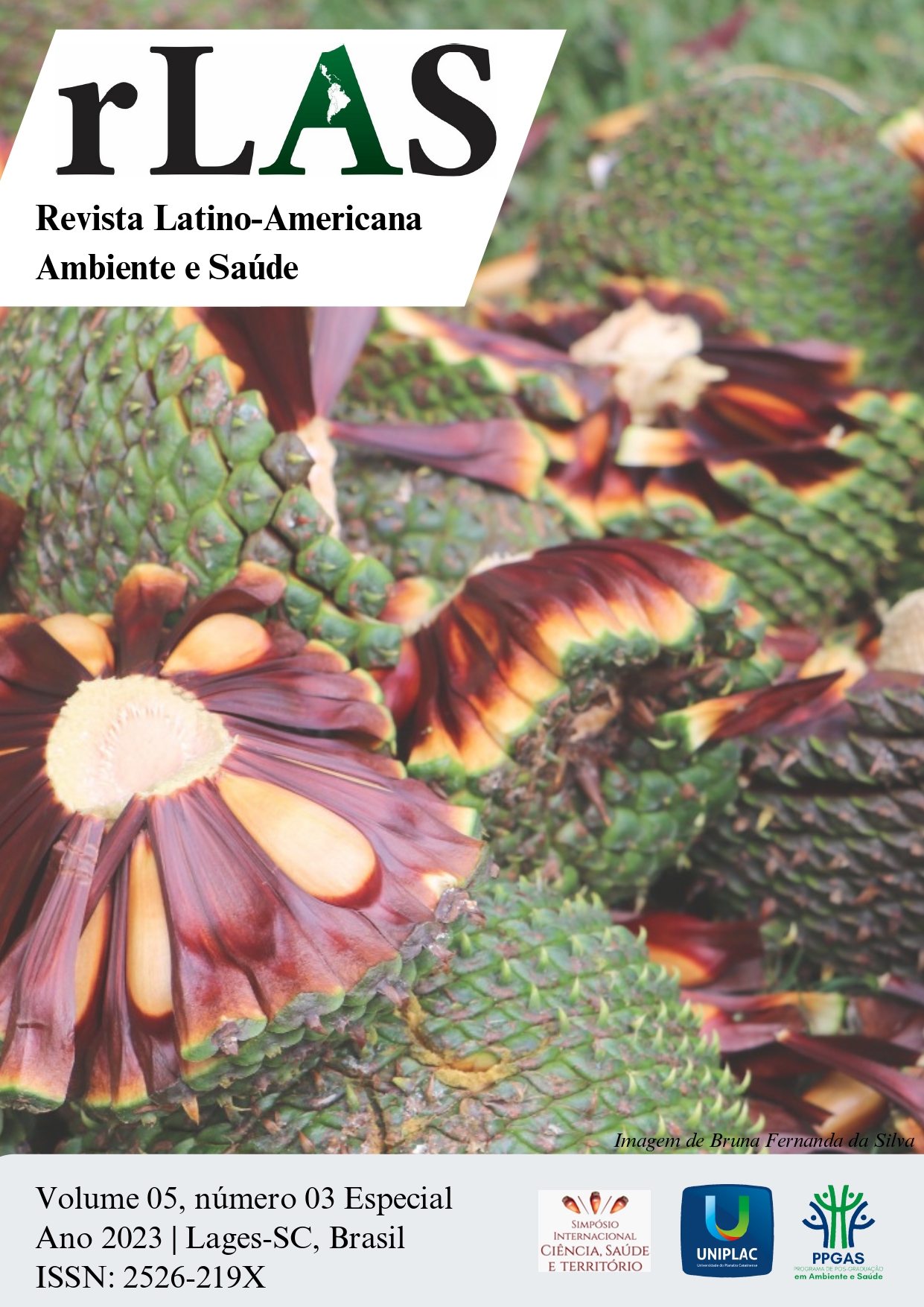Características morfológicas e persistência de híbridos de cruzamento capim-elefante x milheto
Keywords:
Cenchrus purpureus, Pennisetum glaucum, Melhoramento genéticoAbstract
Elephant grass and millet are forage species used in dairy and beef cattle production systems in Brazil. The objective of this work was to evaluate morphological characteristics of hybrid population between elephant grass and pearl millet and relate them, according to growth habit, to persistence after winter period. Population of 438 hybrid genotypes, derived from the crossing between elephant grass cv. Pioneiro and pearl millet cv. ADR500, was established in a field plot. Each genotype was evaluated for morphological variables: growth habit; extended tiller length; sheath length; tiller diameter; internode length; number of leafs; leaf length and width; and number of tillers. After the winter period, an evaluation of survival was carried out by recording the formation or not of tiller sprouting. Variables within each growth habit group were evaluated by comparing persistent and non-persistent genotypes. Around 56% of the hybrid population showed persistence. The surviving genotypes with open and erect habit had a number of tillers higher than the non-persistent genotypes by 21.9% and 20.7%, respectively. In conclusion, a greater number of tillers is a morphological characteristic that can be associated with the persistence of hybrid progeny and thus help in the prediction of survival after the winter period and in the selection of perennial genotypes.
References
ADJEI, M. B. et al. Forage yield, quality and persistence of interspecific Pennisetum hybrids in the Caribbean. Caribbean Food Crops Society - Proceedings of 30th Annual Meeting, p. 163-172, 1994.
CUOMO, G. J.; BLOUIN, D. C.; BEATTY, J. F. Forage potential of dwarf napiergrass and a pearl millet x napiergrass hybrid. Agronomy Journal, v. 88, n. 3, p. 434-438, 1996.
MACOON, B.; SOLLENBERGER, L. E.; MOORE, J. E. Defoliation effects on persistence and productivity of four Pennisetum spp. genotypes. Agronomy Journal, v. 94, n. 3, p. 541-548, 2002.
R CORE TEAM. R: A language and environment for statistical computing. R Foundation for Statistical Computing, Vienna, Austria. Disponível em: https://www.R-project.org/. 2022.
SCHANK, S. C.; SMITH, R. L.; SEIB, J. Evaluation of triploid and hexaploid derivatives from Pennisetum glaucum x P. purpureum crosses at the beef research unit, University of Florida. In: IRIZARRY, H.; ARNOLD, B. (ed.). Proc. 1990 Caribbean Food Crops Soc. Meet., Mayaguez, Puerto Rico. 29 July–4 Aug. 1990. Caribbean Food Crops Soc., Mayaguez. p. 354–363, 1990.
SOUZA SOBRINHO, F. et al. Avaliação agronômica de híbridos interespecíficos entre capim-elefante e milheto. Pesquisa Agropecuária Brasileira, v. 40, p. 873-880, 2005.
SPITALERI, R. F. et al. Defoliation effects on agronomic performance of seeded Pennisetum hexaploid hybrids. Agronomy Journal, v. 86, n. 4, p. 695-698, 1994.


